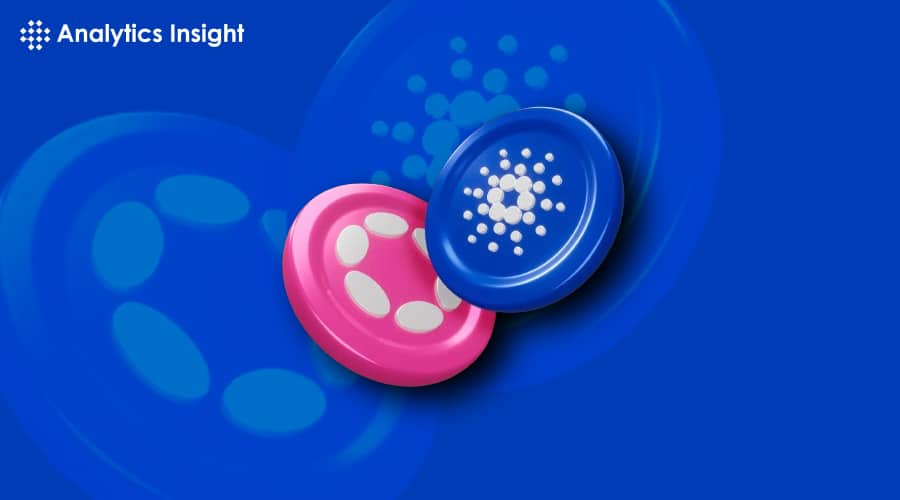.post-author {
position: relative;
padding-bottom: 0px;
height: 28px;
}
.author-image {
position: absolute;
bottom: 0;
left: -60px;
width: 100%;
border-radius: 0%;
cursor: pointer;
}
@media only screen and (max-width: 600px) {
.img {
position: absolute;
left: 20%;
width: 250px;
height: 200px;
}
.author-image {
left: 0px;
width: 100%;
}
.code-block .container {
padding: 0px;
}
.post-author {
margin-bottom: 0;
}
}

An Analysis of Cardano vs. Polkadot to identify which offers superior Blockchain solutions
Cardano and Polkadot are two prominent blockchain platforms, each with unique strengths. Cardano features a two-layer system, prioritizing fast transactions and low costs, appealing to users valuing efficiency. In contrast, Polkadot offers infinite scalability and sustainability, allowing multiple blockchains to connect on a single mainnet. These platforms are considered “Ethereum killers,” aiming to overcome Ethereum’s limitations. However, the battle between Cardano and Polkadot continues as they compete to dominate the blockchain space. Each platform has its strengths and weaknesses, making it essential for users to understand their unique features before deciding which one suits their needs best.
Cardano: The Third-Generation Blockchain
Mission and Architecture
Cardano, a third-generation blockchain founded by Charles Hoskinson, aims to address the scalability and security issues faced by earlier blockchains like Bitcoin and Ethereum. Unlike its predecessors, Cardano’s design is divided into two different layers: the Cardano Settlement Layer (CSL) and the Cardano Computation Layer (CCL). This separation allows for improved scalability, security, and efficiency.
Cardano Settlement Layer (CSL):
This layer handles peer-to-peer transactions using the Plutus and Marlowe scripting languages. It employs the innovative “Ouroboros” consensus mechanism, which differs from traditional approaches.
Cardano Computation Layer (CCL):
CCL replicates the concept of “Rootstock” from the Bitcoin ecosystem and scales specific protocols. Crucially, these two layers remain independent, allowing smart contracts to execute without transaction verification constraints.
Tokenomics and Governance
Cardano’s native token, ADA, powers its ecosystem. The project emphasizes research-driven development, peer-reviewed papers, and a gradual rollout. Its governance model involves a treasury system where ADA holders vote on proposals for network upgrades.
Ease of Product Development
Cardano’s modular approach and focus on formal methods make it an attractive platform for developers. Its low (or zero) transaction fees and high transaction speed enhance its appeal.
Polkadot: The Interoperable Network
Sustainability and Scalability
Polkadot takes a different route. It’s a “Layer 0 blockchain,” connecting multiple blockchains (called parachains) to a central relay chain. Its strength lies in sustainability and endless scalability. Developers can build specialized parachains, each with its own logic, while benefiting from shared security.
Ecosystem and Development
Polkadot’s ecosystem encourages innovation. Developers can create custom parachains, enabling interoperability and collaboration. Its technical features, including the Nominated Proof-of-Stake (NPoS) consensus, attract those seeking flexibility.
Environmental Considerations
Polkadot’s energy-efficient design aligns with growing concerns about blockchain solution’s environmental impact. It aims to strike a balance between performance and sustainability.
Conclusion
In the Cardano vs. Polkadot showdown, both platforms offer unique strengths. Cardano excels in scalability, security, and ease of development. Polkadot shines with its interoperability, sustainability, and developer-friendly ecosystem. Ultimately, the decision is based on your individual requirements and preferences. Whether you’re a developer, investor, or enthusiast, keep a close eye on these Ethereum challenges—they’re shaping the future of decentralized finance.



